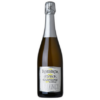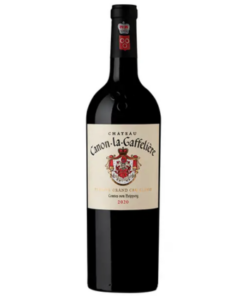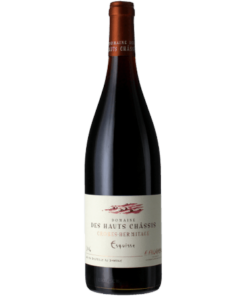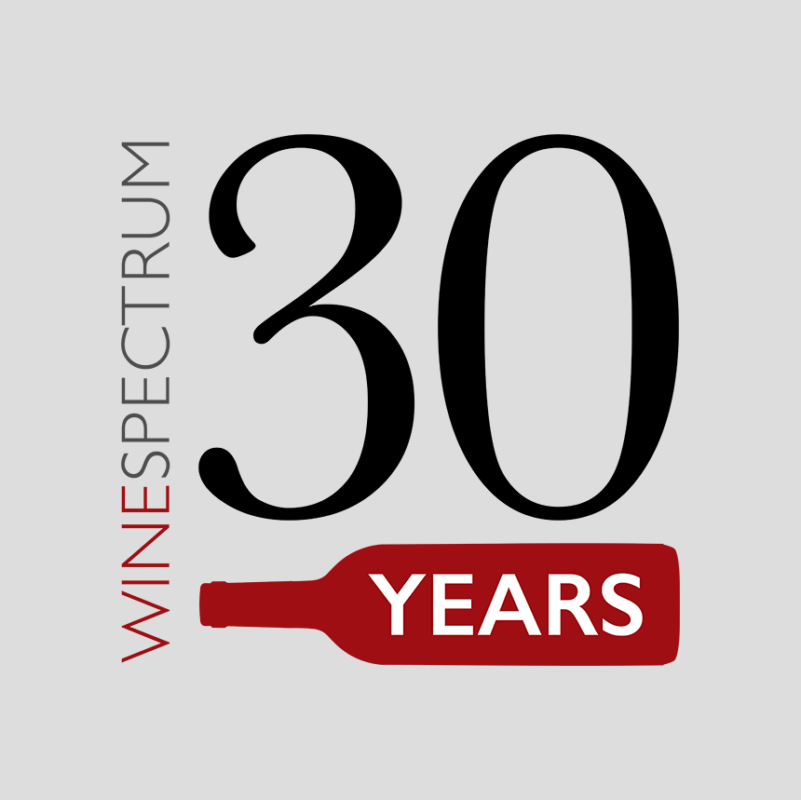2018 Soutard-Cadet Saint-Emilion Grand Cru Bordeaux
$ 49.00
Questions? Ask a Wine Advisor
Shipping InformationJD96+ Emerging from the talents of Marie Lefévère (of Château Sansonnet and Château Moulin du Cadet), the 2018 Château Soutard-Cadet clocks in at 90% Merlot and 10% Cabernet Franc brought up in new barrels. Its dense purple color is followed by a powerful, concentrated Saint-Emilion with stunning cassis and black raspberry fruits, notes of spice, candied violets, camphor, and chocolate, full-bodied richness, beautiful elegance married to serious power, and a blockbuster of a finish. This is another thrill-a-minute Saint-Emilion that readers should snatch up. It’s going to benefit from 4-5 years of bottle age and should drink well for a solid two decades.
JS94 Blackberry and bark with some sandalwood and mushroom on the nose. It’s full-bodied with juicy fruit and tight, creamy tannins. Linear and racy. Gorgeous finish. Rather reserved now, but good, serious promise. Try after 2024.
WA93 The 2018 Soutard-Cadet is a blend of 90% Merlot and 10% Cabernet Franc, and the wine has 15% alcohol. It was aged in 100% new oak barrels for about 18 months. Deep purple-black colored, it starts out a little broody with tar and damp earth scents soon giving way to a core of plum preserves, Christmas cake and blackberry pie, followed by hints of cedar chest, chargrill and sandalwood. The full-bodied palate packs in the black fruit preserves and savory layers and is supported by velvety tannins and a fantastic backbone of freshness, finishing on a lingering fragrant earth note. Give it another 2-3 years in bottle to really hit its stride and drink it over the following 15 years or more. This 2.7-hectare vineyard was acquired in 2015 by the Lefévère family, owners of the nearby Sansonnet and Moulin du Cadet. This single block, situated in front of Château Soutard, is planted to 6,000 vines per hectare and in 2018 had an average vine age of 40 years. The vineyard is planted on thin clay soils atop limestone.
While Chateau Soutard Cadet has been around for years, the birth of Chateau Soutard-Cadet, (note the newly added hyphen in the official brand name) was born in 2015, when the estate was purchased by the Lefevere family.
The vineyard takes its name from two sources, the first being that it was once part of the Soutard vineyard, and the second part of the name is the location of the vines which are planted in the Cadet lieu-dit, which gives you Chateau Soutard-Cadet.By the time the Lefevere family purchased the property, they were already experienced and popular growers in the Saint Emilion appellation as they already owned the neighboring Chateau Sansonnet and they had also recently purchased Chateau Moulin du Cadet along with Chateau Harmonie, followed by Chateau Villemaurine.
The small 2 hectare Right Bank vineyard of Chateau Soutard-Cadet is planted to 90% Merlot and 10% Cabernet Franc. The vineyard is located as the name suggests adjacent to Chateau Soutard.
The vineyard of Chateau Soutard-Cadet has a terroir of clay and limestone soils. The vineyard is in one single block, which is not always common in St. Emilion.
The vines are old, with an average age of 40 years. The vineyard is planted to a vine density of 5,500 vines per hectare. All vineyard management is done using only self-sustaining farming techniques.
To produce the wine of Chateau Soutard-Cadet, vinification takes place in a combination of temperature-controlled, stainless steel tanks and 500-liter, French oak barrels. Malolactic fermentation takes place in new, French oak barrels. The wine is then aged in 100% new, French oak barrels for between 12 to 18 months before bottling.
The aging time naturally varies depending on the character and quality of the vintage. At Chateau Soutard-Cadet, they use only one type of oak barrel from Sylvain.
| Varietal | |
|---|---|
| Vintage | |
| Appellation | |
| Winery_Name | |
| Wine_Type | |
| Size | |
| Rating |
Related products
French Wine
French Wine
Eclectic Whites
French Wine













